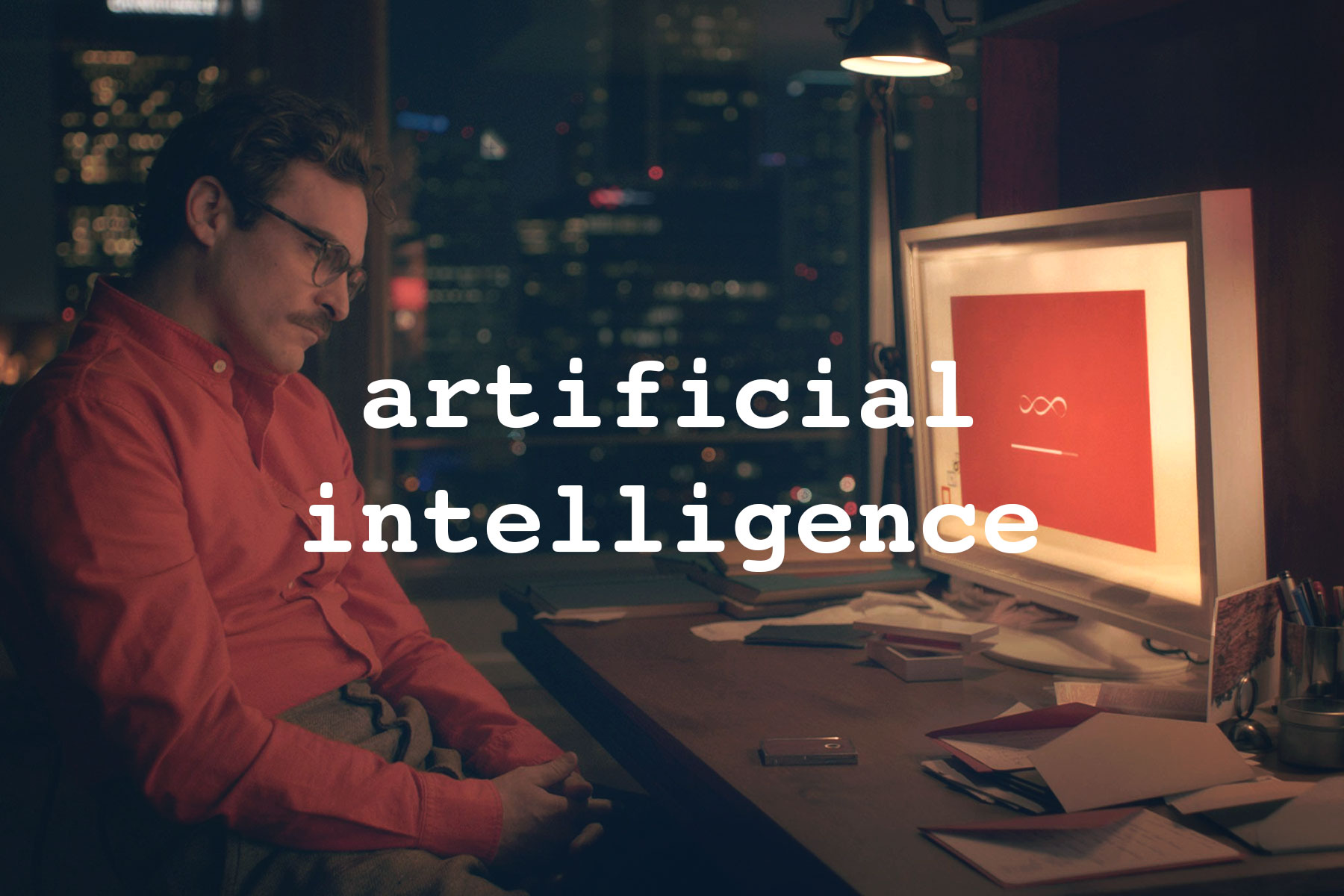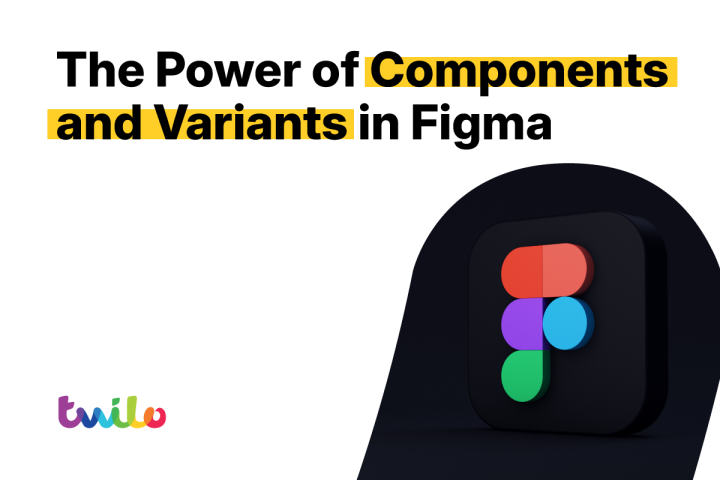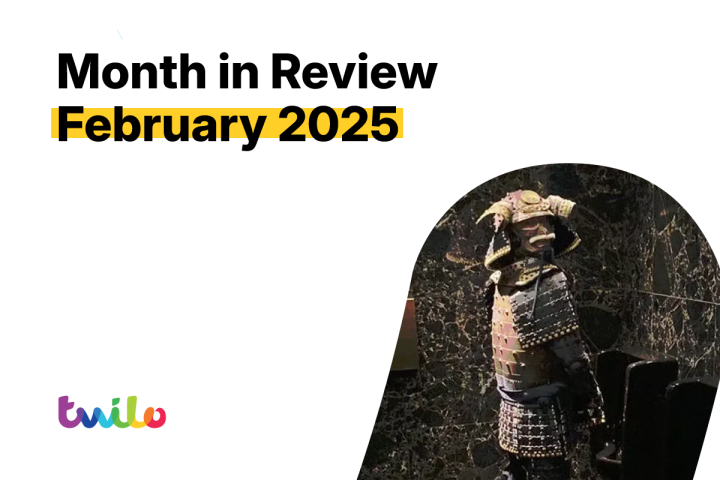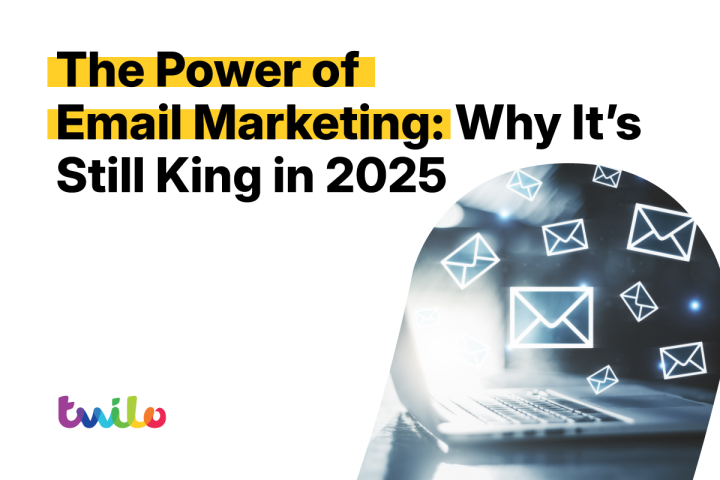A completely unbiased article written by a human web designer.
Not so long ago the thought of AI taking designers’ jobs would have seemed pretty out there. I mean AI can maybe beat a few people at Chess and answer some game show questions, but can it really enter into the creative world of design? Well, without opening the can of worms of defining creativity, Google’s AlphaGo triumph against the Go world champion has shown how AI can perform in a way that gives the impression of a ‘higher level of intuition’, using the words of the world’s No. 1 Go player…
“Last year, it was still quite humanlike when it played, but this year, it became like a god of Go.”
(Go is a game that dates back almost 3000 years, the apparent simplicity of the rules are what creates its many levels of gameplay and create the complex depth of the game. This is what makes Go much more difficult for computers to master, as analysing the board only gives them a limited amount of data, and choosing a good move requires a great deal of intuition.)
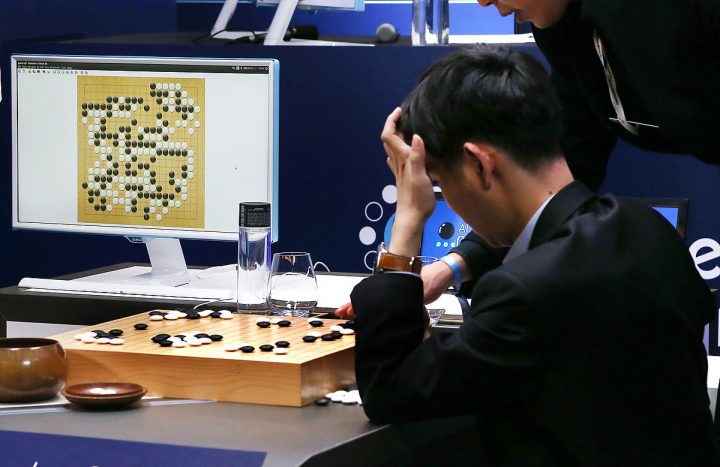
Cool story bro…
So AI can turn notoriously complex board games into child’s play, impressive but not really relatable to everyday life. The thing is, similar machine learning techniques that were used to learn the rules of Go are now being used to learn the behaviour of humans, and then predict the best way to achieve whatever specific goals they are set. Tech giants from Google to Facebook, Amazon and Microsoft are fuelling the momentum, competing to find the next big advancement in AI, and the technology they have developed has started to shape everybody’s online experiences.
“AI is one of the most important things humanity is working on. It is more profound than, I dunno, electricity or fire,”
Sundar Pichai, Google CEO.
With all this firepower behind it, AI is understandably developing at an incredible rate, so how is this affecting web design now, and what might we see in the future?
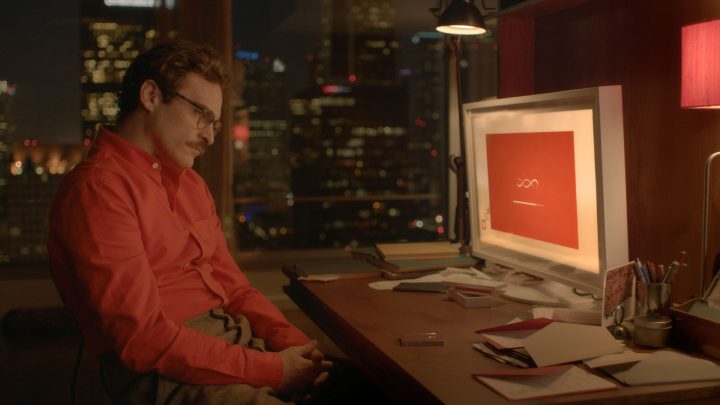
AI & web design.
Where are we now?
AI already has one foot in the door of the designers studio, mostly exploited by the tech giants right now. On websites like Amazon for example, AI is being used to find trends in what people buy, generate user profiles, and use these profiles to decide what content you see on their website. You will be shown products that the AI ‘thinks’ you are interested in, and it is already quite disturbingly accurate! AI can decide what product it wants to show you, and then generate advertising banners for that product on the fly, and display them in prominent positions, enticing you to click that mouse. Highly personalised content like this is proving to be mightily effective at increasing sales, even if in it’s current state it is not yet perfected.
Where are we heading?
It’s quite easy to imagine a future where AI has full control of a website. It enough data to know what kind of imagery different people prefer, and even serves up alternative layouts based on who is viewing. The same website could look completely different to two separate users, and the AI has become so effective at knowing what you want to see that it is completely alluring… Us humans with our easily exploitable desires will find it impossible to resist what’s placed in front of us by our AI shopping overlords! (OK, so maybe I’m getting a little carried away?)
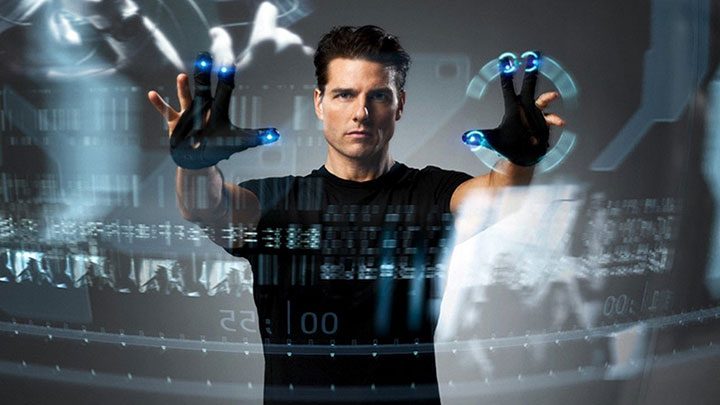
So… Are web designers out of a job?
Web designers have always needed to be early adopters of new technology to survive, and there’s not really any reason to think the introduction of AI will be different. A collaboration between the power of machine learning and AI, and the creative designers mind is yet to be mastered, but there’s little doubt it would be hugely powerful if done correctly. Imagine repetitive and non-creative tasks being handled by AI, freeing up the Web Designers time so they are directing the project as a whole, only getting their hands dirty when truly necessary. I’m sure that is a world most Web Designers dream of, having your own little AI assistant, yes, maybe things are looking up… One thing is for sure, in 10 years we will be looking back on how we design websites now and thinking…
“Hey, remember when we had to sit there and do all that manually? That used to take forever!”
A Web Designer, 2029.

